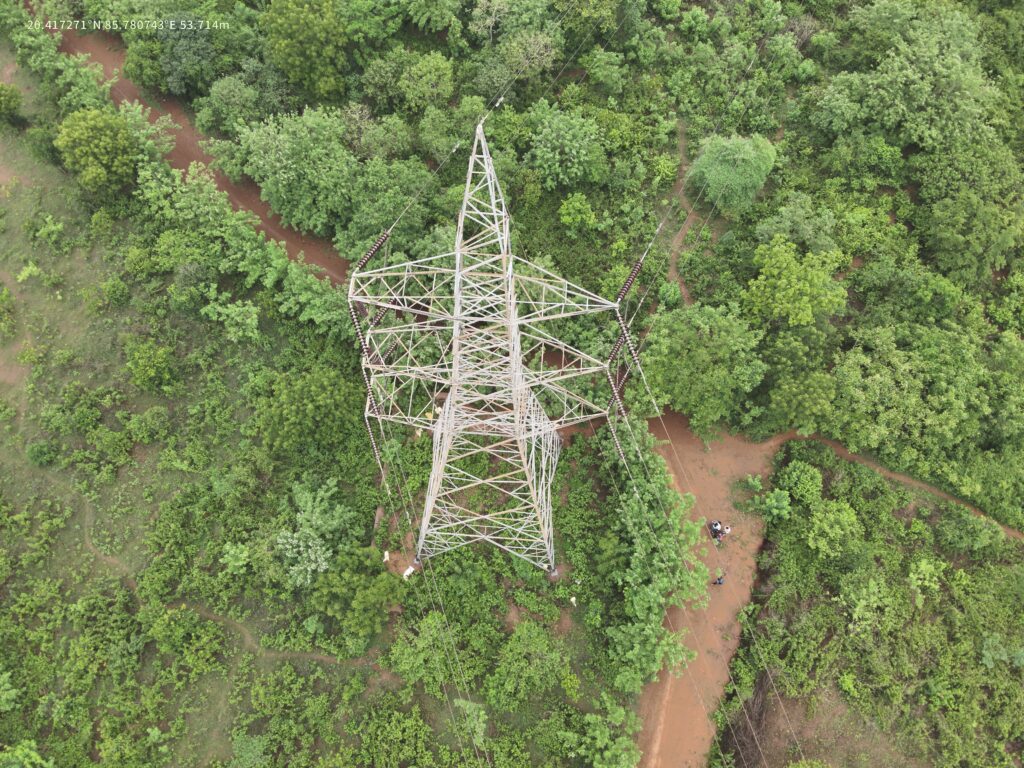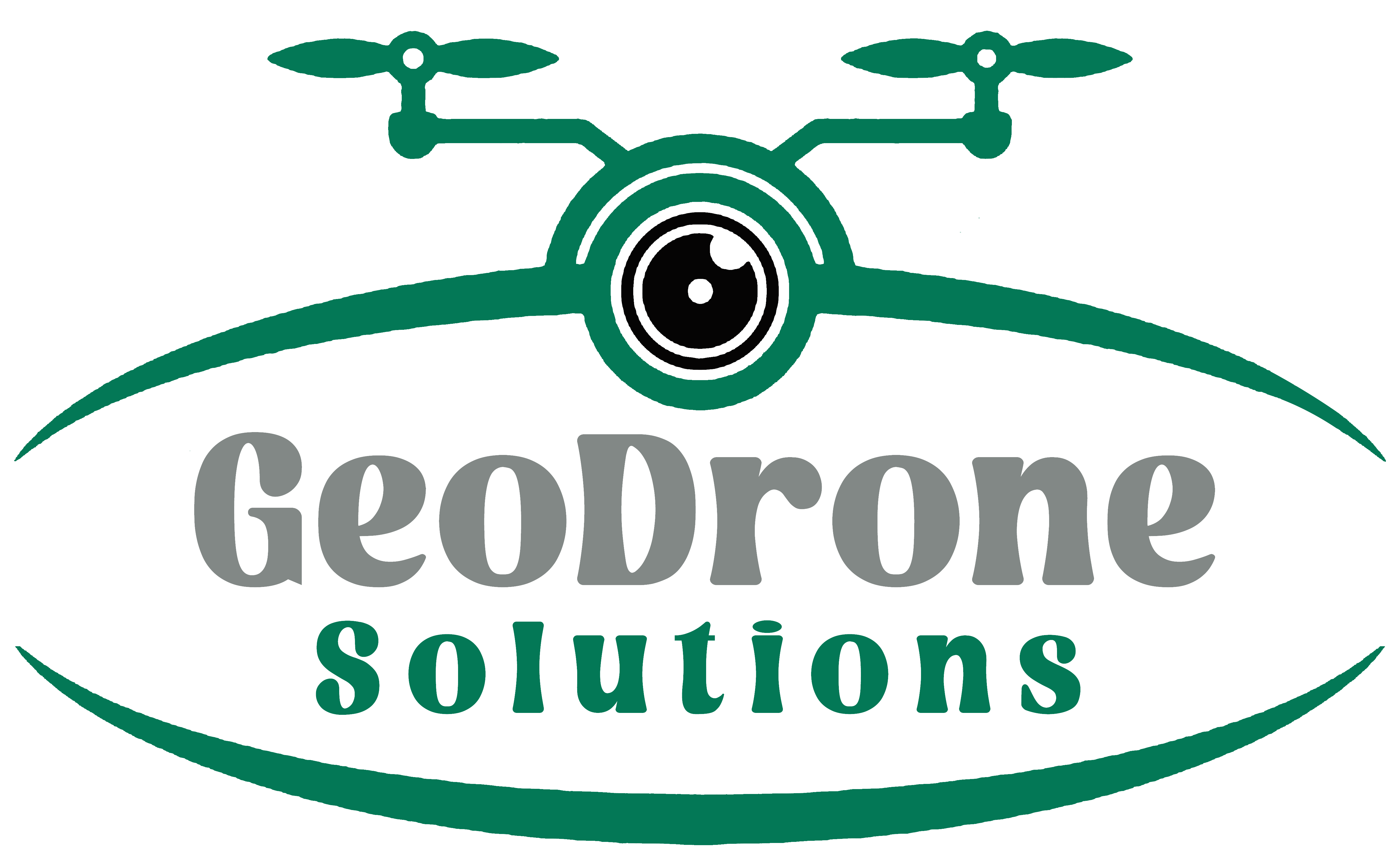Transmission Tower Inspection

“Elevating Reliability, One Flight at a Time: Transforming Transmission Line Inspection with Cutting-Edge Drone Technology.”
“Drone-based inspection of transmission lines offers several significant advantages, contributing to increased efficiency, safety, and overall effectiveness in maintaining and managing power infrastructure”
Safety Enhancement:
Drone inspections eliminate the need for manual, on-site inspections, reducing the risks associated with sending personnel to elevated and potentially hazardous locations. This promotes safety for workers and minimizes the likelihood of accidents.
Cost Efficiency:
Drone inspections can be more cost-effective compared to traditional methods. They require fewer resources, such as manpower and specialized equipment, and can cover large areas in a shorter time frame, reducing operational costs.
Rapid Deployment:
Drones provide a quick and efficient means of inspecting transmission lines. They can be deployed rapidly, enabling timely assessments of the infrastructure without causing disruptions to power supply or lengthy downtimes.
High-resolution Imaging:
Drones equipped with advanced cameras and sensors capture high-resolution images and data. This allows for detailed inspections, helping identify potential issues, defects, or maintenance needs with greater accuracy than traditional methods.
Remote Accessibility:
With drone technology, inspectors can remotely access and inspect areas that may be difficult to reach manually. This includes inspecting transmission lines in remote or challenging terrain, improving the overall accessibility of the infrastructure.
Data Accuracy and Analysis:
Drones collect precise data, enabling accurate analysis of the transmission lines. This data can be used to assess the condition of the infrastructure, predict potential faults, and plan maintenance activities more effectively.
Timely Maintenance and Repairs:
Early detection of issues through drone inspections allows for timely maintenance and repairs. This proactive approach helps prevent larger, more costly problems and ensures the reliability of the transmission lines.
Environmental Impact:
Drone inspections contribute to environmental sustainability by reducing the need for frequent helicopter flights or ground vehicles. This minimizes the carbon footprint associated with traditional inspection methods.
Documentation and Reporting:
Drones provide a systematic and organized approach to documentation. They capture comprehensive data, which can be used for detailed reporting, compliance documentation, and historical records of the infrastructure’s condition over time.
Increased Frequency of Inspections:
Drones enable more frequent inspections, as they can be deployed regularly without significant time or cost constraints. This increased frequency enhances the overall monitoring and maintenance strategy for transmission lines.
In summary, the significance of drone-based inspection in transmission lines lies in its ability to improve safety, cost efficiency, data accuracy, and overall operational effectiveness, ultimately contributing to the reliability and longevity of power infrastructure.
